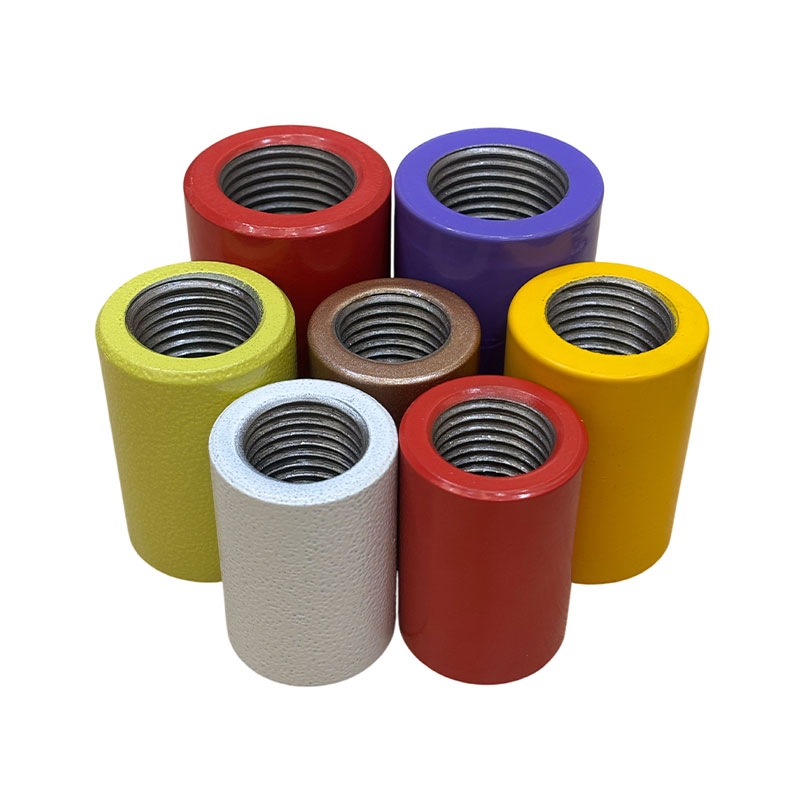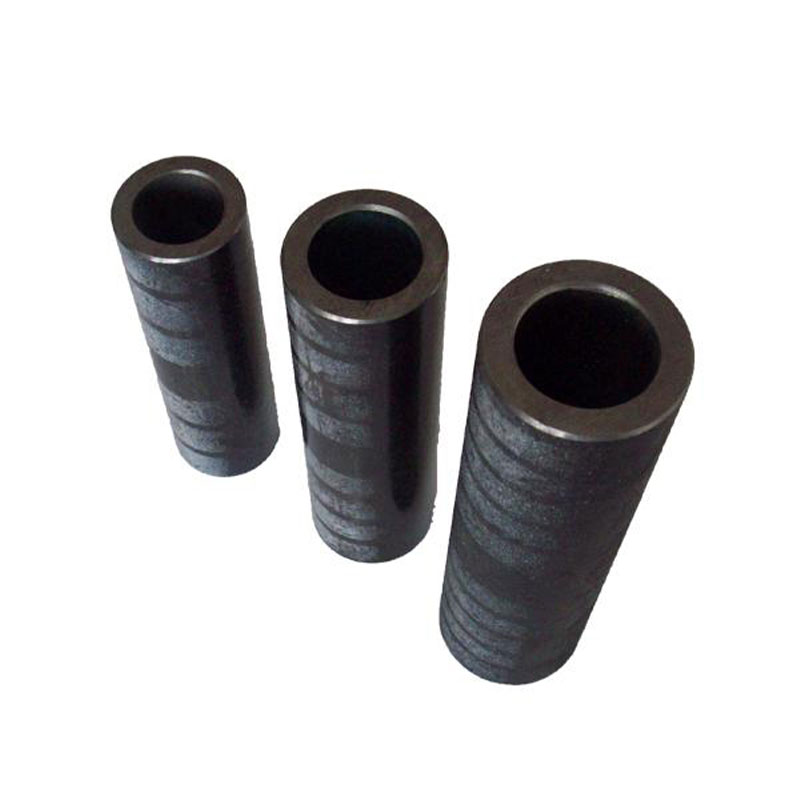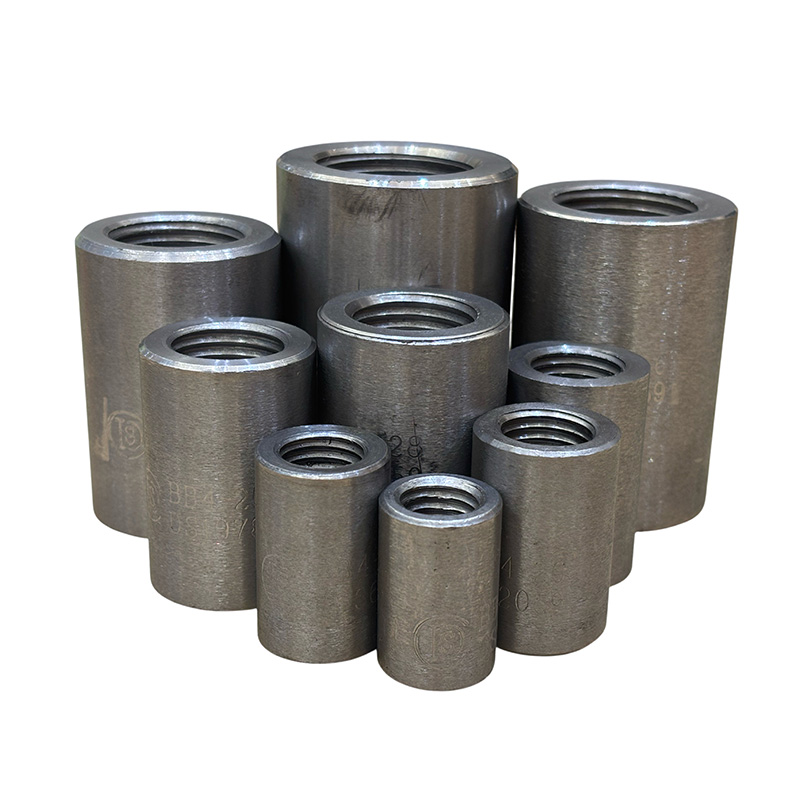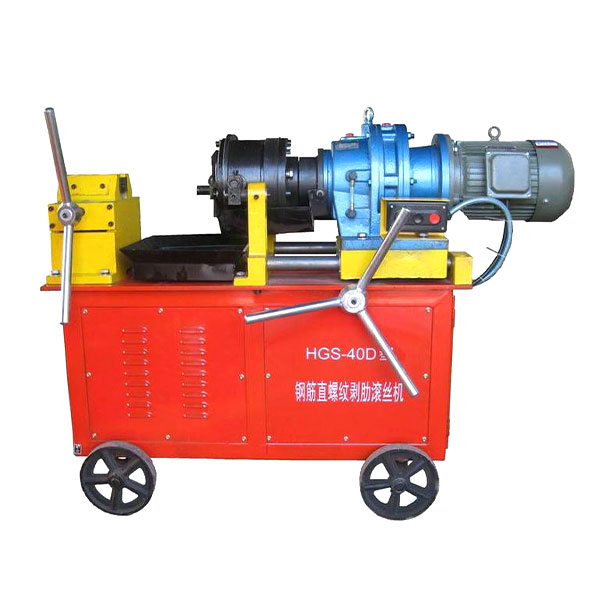How to Install Straight Thread Rebar Coupler? Detailed Construction Steps And Precautions
In the construction of reinforced concrete structures, straight thread rebar connectors are widely used in high-rise buildings, Bridges, tunnels, subways and other projects due to their high efficiency, reliability and simple construction. The correct installation of straight thread rebar coupler not only ensures the continuity of force transmission but also increases construction speed and reduces rework rate. This article will provide a detailed introduction to the installation methods, quality inspection standards and solutions to common problems of straight thread rebar coupler, helping construction personnel and project managers master the key construction points.
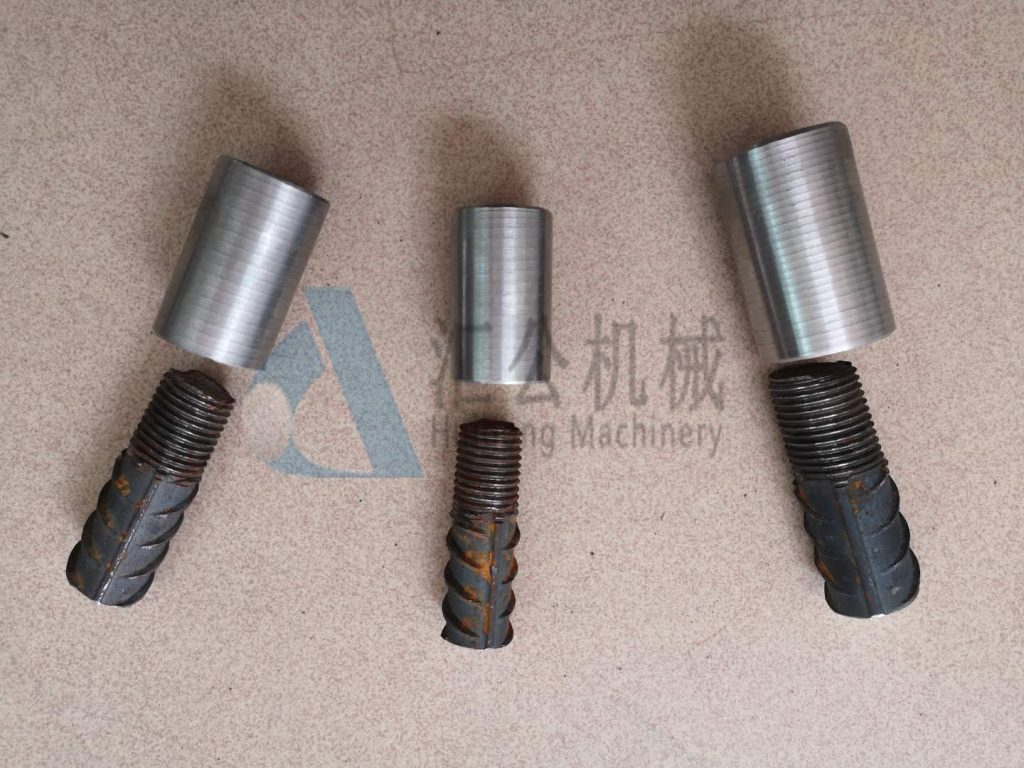
Table of Contents
Advantages of Straight Thread Rebar Coupler
The straight thread rebar connector is a connecting component that connects the rebars at both ends into one through mechanical threads, replacing the traditional welding and binding methods. It has the following advantages:
- Fast construction: No on-site welding required, and the installation speed is fast.
- Quality controllable: High processing accuracy of the thread head and stable connection strength.
- Wide application range: It can be used in vertical, horizontal and diagonal steel bar connections.
- Environmental protection and safety: Reduce open flame operations and lower safety risks.
The application scenarios cover: high-rise building frame beams and columns, bridge piers and columns, prefabricated component joints, metro segment structures, etc.
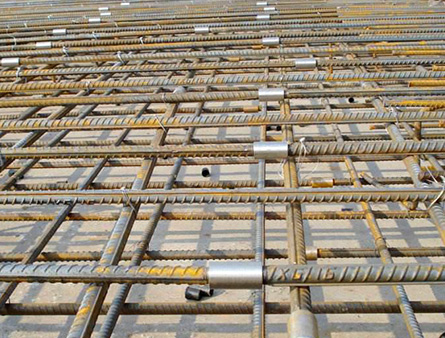
Preparations Before Installation
To ensure the installation quality of straight thread connectors, the following preparations need to be completed before construction:
- Check the materials and specifications
Confirm that the model and specification of the straight thread connector comply with the design requirements.
Check the appearance for no cracks, burrs or thread damage. - Processing of steel bar thread ends
Use a threading machine to process the ends of the reinforcing bars into straight thread heads. The end faces must be cut vertically and the threads must be complete.
Check the thread accuracy with a thread gauge to ensure smooth screwing. - Tool preparation
Torque wrenches, adjustable wrenches, threading machines, thread head protection caps, lubricating oil, cleaning brushes. - Construction environment requirements
Keep the site clean and prevent sand and mud from entering the threads.
Waterproof measures should be taken in rainy or humid environments to prevent the thread ends from rusting.
Installation Steps for Straight Thread Rebar Coupler
Installing straight thread rebar coupler in accordance with standard processes can improve the connection quality.
1. Clean the thread ends
Use a wire brush to clean the steel bar threads, remove iron filings and oil stains, and ensure that the surface of the threads is clean.
2. Insert the connector
Align one end of the straight thread connector with the thread of the steel bar. Rotate the connector clockwise by hand to ensure that the thread is not misaligned (if it feels stuck, withdraw it to check if there are burrs or deformations on the thread. Do not use brute force to screw it in to avoid damaging the thread). Rotate until all the thread ends are in the middle positioning of the connector.
3. Connect the reinforcing bars at the other end
Screw the wire end of the other end of the reinforcing bar into the other side of the connector, and also screw it to the positioning position to ensure that the end faces of the two reinforcing bars are completely pressed against each other.
4. Torque tightening
Use a torque wrench to tighten according to the torque value specified in the product manual to avoid over-tightening which may cause stripped threads or over-loosening which may result in loose threads.
5. Check for alignment
Make sure that the two reinforcing bars are on the same axis and there is no obvious misalignment or bending.
6. Protective treatment
After the connection is completed, to prevent rust, anti-rust oil should be applied or a protective cap installed.

Quality Inspection And Acceptance Standards
After installation is completed, quality inspection must be carried out:
- Visual inspection: Threaded connections should have no loose threads, stripped threads or loose parts, and the surface of the connector should have no cracks.
- Torque detection: Randomly inspect the torque value to ensure that the tightening force meets the standard.
- Tensile test: Some joints are sampled for tensile test, and their strength should reach the strength of the base material of the reinforcing bar.
These inspections are crucial steps to ensure structural safety. Construction units should strictly adhere to the acceptance standards stipulated in the “Technical Code for Mechanical Connection of Reinforcing Bars” (JGJ 107).
Common Installation Issues And Solutions
The following problems may be encountered during on-site construction:
| Q&A | Solution |
| The thread is damaged and cannot be turned | Reprocess the thread head or replace the connector to avoid forced screwing |
| The joint is loose | Check the torque value and retighten |
| Steel bar eccentricity | Adjust the position of the reinforcing bars to ensure that the axes are consistent |
| “Sliding thread” | Replace the connector or re-thread |
Through timely handling, uneven force distribution on the structure and subsequent rework can be avoided.
Safety Precautions
- Strictly follow the construction safety operation procedures and wear protective gloves and goggles.
- Before the threading machine starts operation, check the power supply to prevent leakage and misoperation.
- Safety warning signs should be set up on site to prevent non-construction personnel from entering.
Summary
The installation of straight thread rebar connectors is a crucial step in rebar construction. Only by strictly controlling the processing accuracy of the thread head, standardizing the installation procedures and conducting quality inspections can the connection strength meet the design requirements, thereby ensuring the overall safety and durability of the project. The construction unit should do a good job in technical briefing and on-site management to ensure that every joint becomes a guarantee of structural safety.
FAQ: Common Questions about Straight Thread Rebar Coupler
Q1: Can straight thread rebar coupler be reused?
It is not recommended to reuse, especially the parts that bear the main force. Brand new connectors should be used.
Q2: What are the advantages of straight thread connection over welding?
Straight thread connections have a faster construction speed, easier quality control, and do not require open flame operations, making them safer and more environmentally friendly.
Q3: How to determine if the thread head is processed to be qualified?
A dedicated thread gauge can be used for inspection. If the connection is smooth and there is no jamming, it is qualified.

